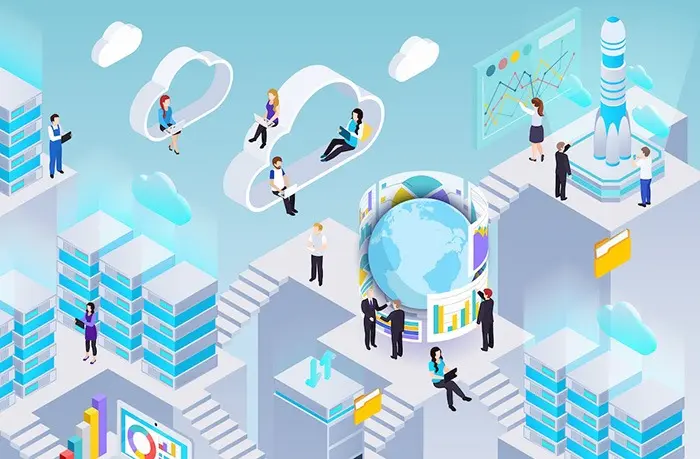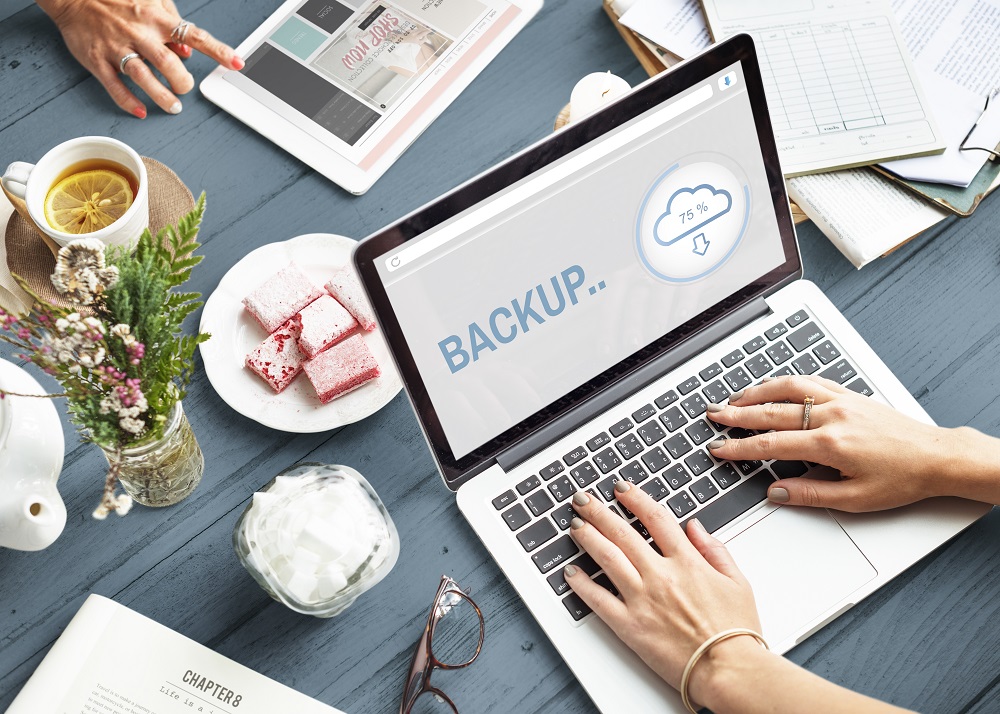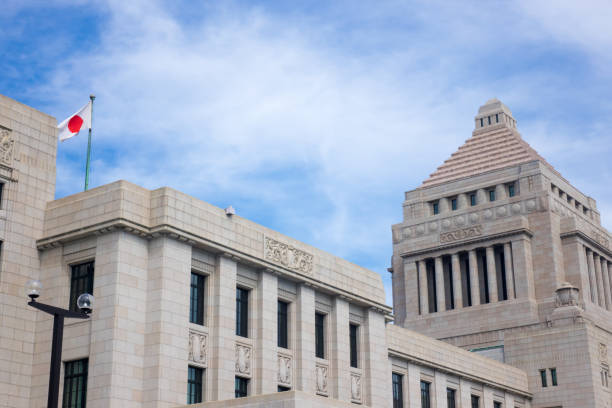Natural disasters, fires, system failure, cyber-attacks: these are some of the many brutal risks a company can encounter. How well we respond and how we continue business activities after these unforeseen situations will determine the company’s strength and fate. This is particularly true in Japan, where powerful earthquakes are known to occur. There’s no telling when one might strike. Why not take this opportunity to consider your Business Continuity Plan (BCP) in the event of a disaster?
Companies and BCPs Today
A recent survey conducted has shown only a shocking 15% of companies have developed a BCP. According to this statistical survey, responses that a BCP had been developed, was in the process of being developed or development was being considered totaled to a surprisingly low 45.5%.
The most frequently cited reason for not developing a BCP is not having the necessary skills and not knowing how to go about formulation. Though many companies recognize the need for a BCP, it appears as if most aren’t sure exactly what formulation entails.
So what measures are necessary for business disaster prevention? What can businesses include in their plan for business continuity? Here are some examples:
- Develop communication systems for times of disaster.
- Identify alternative contact tools and services to the ones used daily, to prepare for the event they are not available during a disaster.
- Establish data backup and recovery methods.
- Shared use of cloud services.
- Establish a disaster prevention manual.
- Implement disaster prevention training.
- Redundancy of servers and internal systems.
Tips for Improving Your Disaster Recovery Plan
A BCP and disaster recovery plan are pointless if they’re not practical. Here are some tips for creating a successful recovery plan:
Determine the appropriate response for different levels of disaster
Is it a big earthquake that causes massive damage? Or is it system or power failure that strikes unexpectedly? The correct response to these occurrences will vary depending on the scale of damage and the type of disaster. It’s important to consider these different types and levels of disasters, and identify the response that suits each one best.
Review content on a regular basis
Your BCP and recovery plan will not always be up-to-date. As soon as you start introducing new software and communication tools into your company, you’ll need new safety measures to safeguard this data. To ensure your plan is always up-to-date, make sure to review your BCP and recovery plans once every year.
Keep data security in mind
Data security should never be forgotten in your BCP. If your business falls prey to cyber-attacks such as ransomware, you may suffer damage that’s equal to or greater than a natural disaster. Recovery measures should be developed with cyber-attack risks in mind.
Take advantage of the cloud
Cloud solutions are an effective tool for BCP and recovery planning. With the cloud, you can take simple, affordable, and highly effective disaster countermeasures. For example, with Tsukaeru Cloud Backup, business data can be backed up safely in a data center away from the company. And with Tsukaeru Dokodemo Office, employees can continue work from home in the event of a disaster.
If you’re interested in advancing the BCP measures of your business but you don’t know where to start, we highly recommend using these cloud tools.
Learn more about Tsukaeru Cloud Backup here and Tsukaeru Dokodemo Office here.
And as always, please feel free to contact us.






















